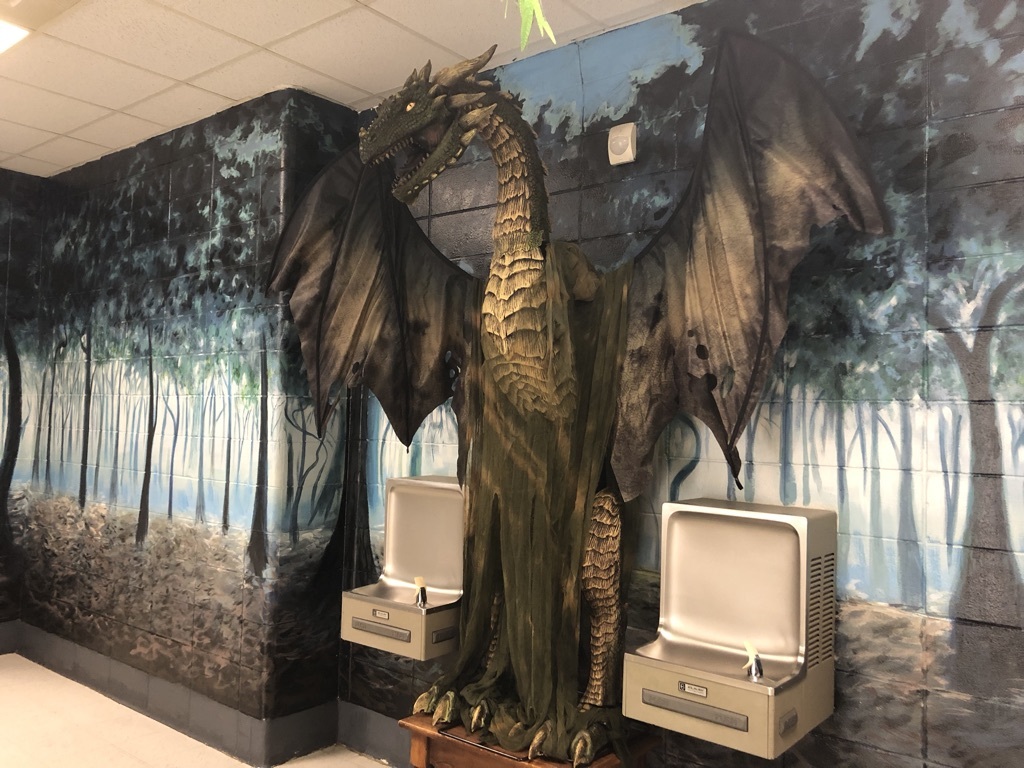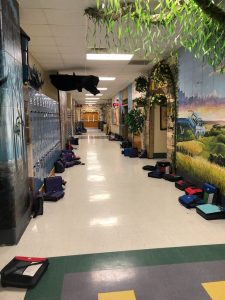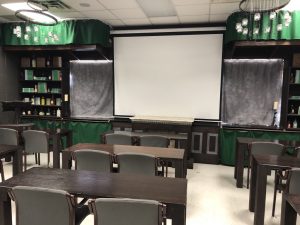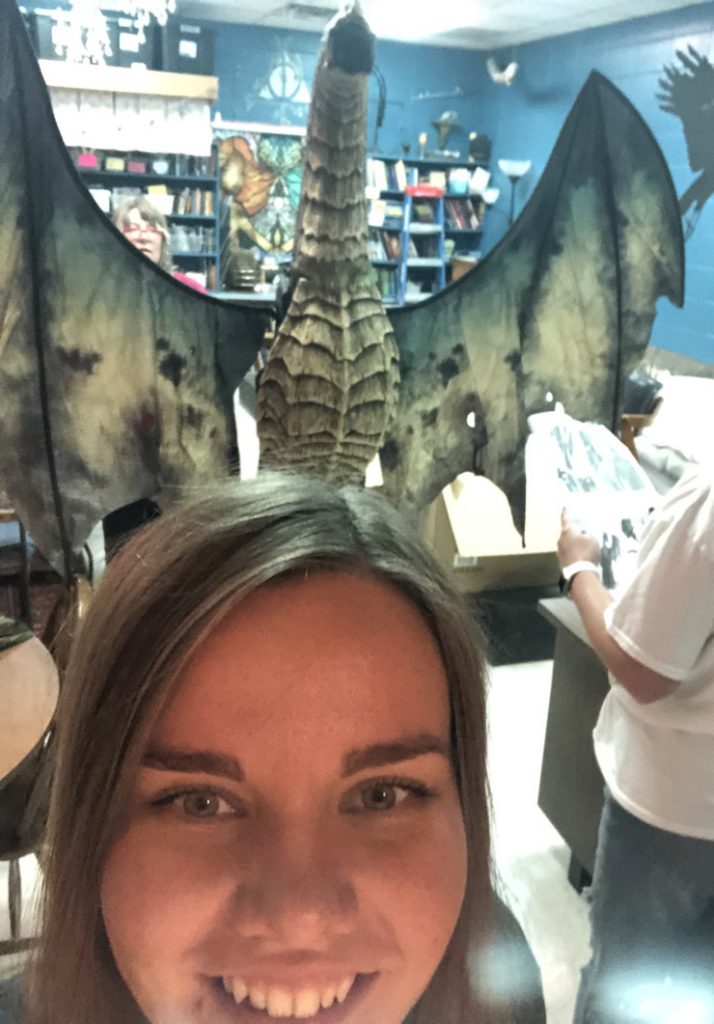
Have you ever wondered what education at a real-life Hogwarts would be like?

Nowadays, educators face a plethora of challenges to maintain effective and engaging pedagogical environments. With digitalization, students are expected to increasingly require interaction and novelty from the environments of teaching. It is believed that due to today’s more sporadic practices due to the rise of social media, YouTube videos and pervasive spread of games, it has become even more important for teachers to cope with the changing times, and perhaps utilize some of the same emerging technologies and engagement practices to create interesting learning environments for students.
One of these emergent practices is storification, which commonly refers to the wrapping of an activity inside a fictional or nonfictional narrative so that the activity becomes more engaging (Akkerman et al., 2009). Storification within curricula or school activities is not completely new to education (Connolly et al., 2012; Sadik, 2008), and has shown several merits (Armstrong & Landers, 2017; Prins et al., 2017). However, the levels of storification we see today are unprecedented and understudied, with indiscernible effects.
Case in point; a unique school in the southern United States, located in a low economic area, teachers transformed their curricula, classrooms, and school hallways to align with fictional (e.g., Harry Potter, Disney, Star Wars) and nonfictional (e.g., Grand Canyon, sports arena, ocean) worlds and phenomena. Through re-designed curricula and unique classroom design, teachers aimed to create an interesting, comfortable and home-like school experience for students. Our recently published paper “Teaching within a story: Understanding storification of pedagogy” (Aura et al., 2021) examined this school-level storification through ethnographic fieldwork to ground a theory of storified pedagogy.
I embarked on a field trip to immerse myself into this storified education environment in the US. Within a two-week journey, I holistically observed the implemented storification from students’ and teachers’ as well as outsider’s point of view. In addition to participatory observations within school and free-time activities, and engaging in informal discussions with the community, I conducted interviews with students and educational staff, as well as with graduates and students’ parents. Through data collection with the help of the whole school community, a comprehensive understanding of the studied phenomenon was possible to gather. Beyond gathering data for my research, I was personally greatly inspired by the dedicated educational staff and how their team spirit was regularly built also outside of work hours through social and team-building activities (for example by visiting a Haunted House, which I also participated during my visit). Additionally, the enthusiastic and warm welcome by the students still makes me smile to this day (especially the deep conversations about the differences between Finnish and American candy).

The studied school showed that storification, employed in physical learning environments (through e.g., themed furniture, murals and props) and in teaching practices (with e.g., theme related assignments, events and delivered values and messages), can be aligned with teaching and curricular requirements to support students’ academic performance. The degree to which the stories were integrated into the classes differed depending on teachers, their interests, and the personal and institutional resources available to them. Through signaled atmosphere, storification created a personalized space for both students and teachers, which provided purpose for education as well as a sense of transportation, which was especially vital to students coming from poor home conditions. Together the novel physical learning environment and the carefully selected stories, with values and moral underpinnings they delivered, empowered students to rise above their circumstances, which was shown in, for example, general decrease in detentions and misconduct, as teachers reported in the interviews. Also students stated that the transition to a storified learning environment and the supporting pedagogical practices had enhanced the whole school experience for them, both socially and academically.
To learn more about storification research done in the Gamification Group, click here to visit our project page!
My research has been supported by Academy of Finland (CoE GameCult), the Media Industry Research Foundation of Finland (20190182) and The Satakunta Higher Education Foundation (Satakunnan Korkeakoulusäätiö).

Written by Isabella Aura
References
Akkerman, S., Admiraal, W., & Huizenga, J. (2009). Storification in History education: A mobile game in and about medieval Amsterdam. Computers and Education, 52(2), 449–459. https://doi.org/10.1016/j.compedu.2008.09.014
Armstrong, M. B., & Landers, R. N. (2017). An Evaluation of Gamified Training: Using Narrative to Improve Reactions and Learning. Simulation & Gaming, 48(4), 513–538. https://doi.org/10.1177/1046878117703749
Aura, I., Hassan, L., & Hamari, J. (2021). Teaching within a Story: Understanding storification of pedagogy. International Journal of Educational Research, 106(January). https://doi.org/10.1016/j.ijer.2020.101728
Connolly, T. M., Boyle, E. A., MacArthur, E., Hainey, T., & Boyle, J. M. (2012). A systematic literature review of empirical evidence on computer games and serious games. Computers and Education, 59(2), 661–686. https://doi.org/10.1016/j.compedu.2012.03.004
Prins, R., Avraamidou, L., & Goedhart, M. (2017). Tell me a Story: the use of narrative as a learning tool for natural selection. Educational Media International, 54(1), 20–33. https://doi.org/10.1080/09523987.2017.1324361
Sadik, A. (2008). Digital storytelling: A meaningful technology-integrated approach for engaged student learning. Educational Technology Research and Development, 56(4), 487–506. https://doi.org/10.1007/s11423-008-9091-8
Reference: Aura, I., Hassan, L., & Hamari, J. (2021). Teaching within a Story: Understanding storification of pedagogy. International Journal of Educational Research, 106(January). https://doi.org/10.1016/j.ijer.2020.101728
See the paper for full details:
Abstract
Storification is an emerging pedagogical technique, albeit research lacks the understanding of its benefits and detriments. This study examines a school in the US that has storified majority of their learning environment into various fictional and nonfictional worlds for students to learn in and for teachers to incorporate in their pedagogy. 11 educational staff and 79 students were interviewed, and classes were observed for 10 days to ground a theory of storified pedagogy. Storification, employed in physical learning environments and in teaching practices, supported pedagogy and decreased student misconduct at the school. Storified pedagogy empowered students through story morals and a sense of transportation, and enabled classrooms to turn into personalized spaces, enhancing the school experience and students’ academic performance.




Sorry, the comment form is closed at this time.